Curriculum Mapping For Physical Education
PLT4M
JULY 18, 2023
Also popular were alternative Lifetime Fitness courses like HITT Bootcamps, Dance and Boxing, along with Recreational Activities like Spikeball, Pickleball, and Kan-Jam. Desired Outcome: Students improve their motor skills and movement patterns, and apply them in a recreational setting.

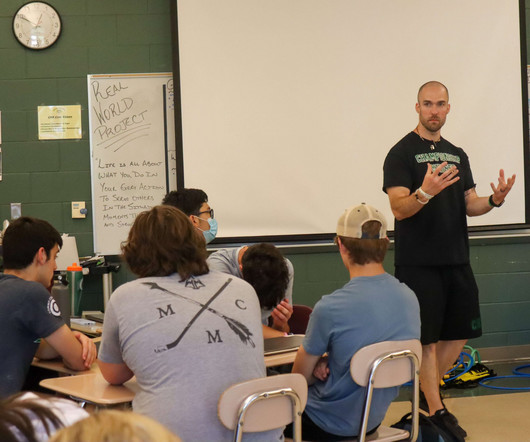
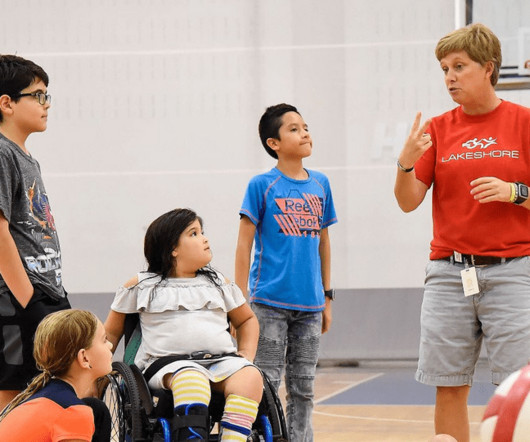
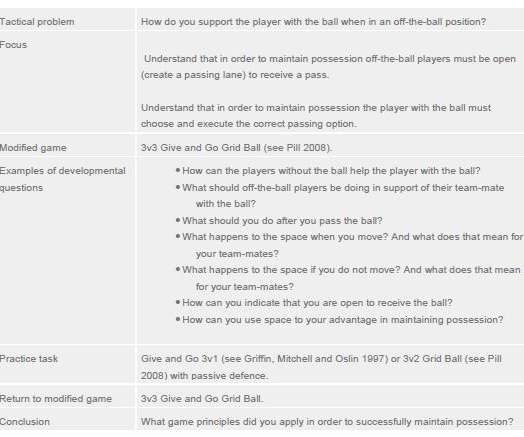
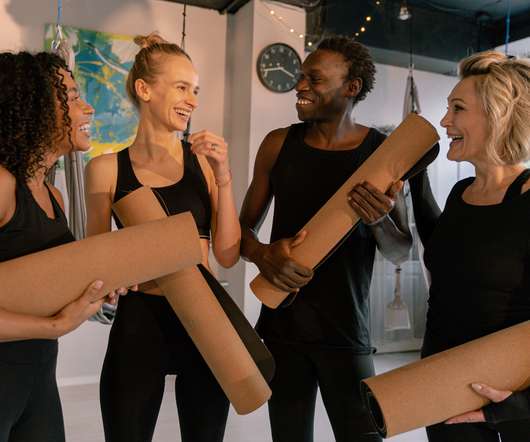
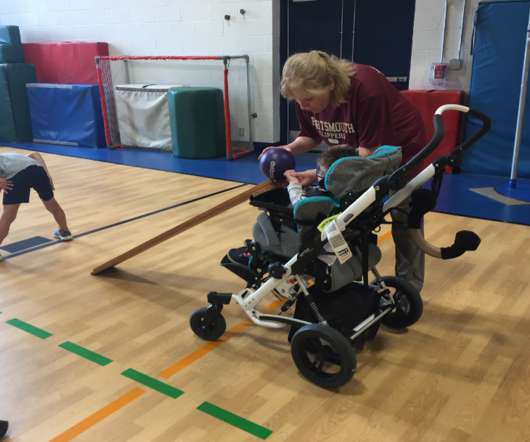






Let's personalize your content